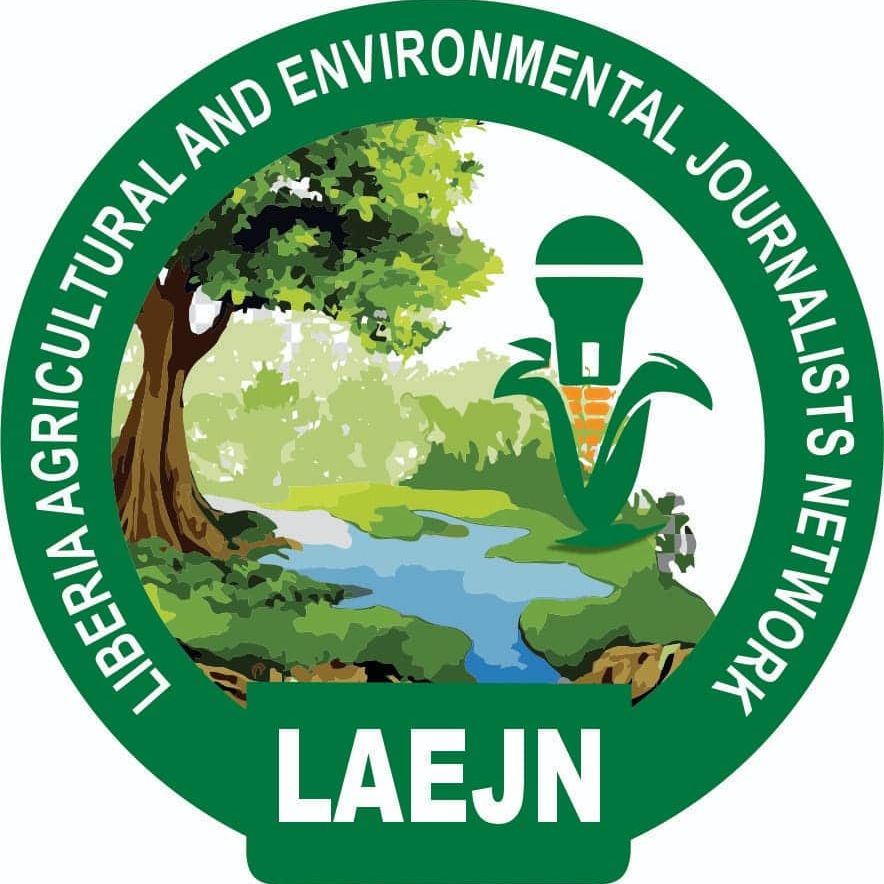By: Josiah Pailay/+231881913880 / +231775260307/josiahpailay96@gmail.com
Gbarnga, Bong County – Mr. Isaac Flomo Sulonteh, the founder and Executive Director of Zuritala Rice Multiplication, has officially commenced the harvest of three newly multiplied rice varieties that he began working on in 2023.
According to Mr. Sulonteh, the three varieties—temporarily designated X1, X2, and X3—were planted on November 9, 2024. The official harvest was initially scheduled for February 10, 2025, but was delayed due to his busy schedule. The process finally began on Sunday, February 16, 2025, with the harvesting of Variety X2.
Starting with just three seeds of each variety, Mr. Sulonteh successfully multiplied them at his Zuritala Multiplication Site in the Rubber Factory Community, Gbarnga.
The three varieties include two inbred and one hybrid type. The inbred varieties can be replanted multiple times, making them sustainable for local farmers, while the hybrid variety requires continuous procurement.
Under optimal conditions, X1 yields up to 9 tons per hectare, X2 can produce 11–12 tons, and X3, a hybrid, initially yielded 12 tons per hectare in its first generation but has since declined due to genetic changes by its third generation.
Purpose of the Research
Mr. Sulonteh emphasized that his multiplication site serves as a testing ground to improve rice varieties suitable for Liberia’s ecological conditions.
“This site is all about multiplying rice seeds—some of the best varieties we believe can thrive in Liberia. Some of these seeds come from outside the country, and we test them here to see how well they adapt,” he explained.
His work extends beyond personal experimentation, as he also offers space for other researchers and farmers to test new rice seeds.
“If someone brings a new variety and doesn’t know how to test it, I can bring it here and multiply it. Our goal is to ensure Liberia has the best rice varieties so that farmers can produce more,” he added.
Research Findings and Comparisons
Mr. Sulonteh’s research focuses on key agronomic traits such as tillering capacity, grain uniformity, and yield stability. He noted that X1 performed exceptionally well, with an average of 30–35 tillers per hill, and some individual hills producing up to 34 tillers.
“For this X1 variety, I planted just two seedlings per hill, and in some areas, I got between 30 to 35 tillers. This is what I want to recommend for Liberia,” he stated.
He compared his results to Liberia’s locally bred Suakoko 8 variety, which he is using as a benchmark for evaluation.
“Science is about numbers. I am collecting data, analyzing it, and making comparisons. If I go to the Ministry of Agriculture (MOA), I won’t just say this is the best variety—I will have the scientific proof to back it up,” he emphasized.
Challenges and Future Prospects
Despite his success, Mr. Sulonteh faces challenges with water access. The water volume in his swamp has decreased, and upstream communities sometimes block the flow, requiring negotiations to restore water access.
He also stressed the need for financial and institutional support to expand his work.
“If I get the needed support, I will expand this field to 50 hectares. The Ministry of Agriculture could then rely on me to supply quality seeds to farmers,” he said.
Currently, he funds the research from his own pocket and remains committed to sharing his knowledge with local farmers.
“I want to help farmers by providing seeds and training, but I need to see their dedication first. If they are serious about farming, I will support them. But if they are not committed, I won’t give them anything,” he stated.
A Vision for Liberia’s Rice Production
Mr. Sulonteh envisions a future where Liberia achieves self-sufficiency in rice production through improved seed varieties and best farming practices. He pointed out that with proper seed management and irrigation, Liberian farmers could harvest rice three to four times a year, significantly increasing local production and reducing reliance on imports.
“Right now, I am harvesting in February. If I replant immediately, I will harvest again in May, then in August, and once more before the year ends. That’s four harvests in 12 months,” he explained.
He urged the government and private sector to invest in seed multiplication and irrigation infrastructure to support local rice farmers.
“Liberians are strong. We can produce our own food. All we need is support,” he added. Mr. Sulonteh is a Liberian agronomist, lecturer, and a graduate of the University of the Philippines with expertise in rice research and multiplication.
 Liberia Agricultural and Environmental Journalists Network (LAEJN) Promote informed journalism and public engagement on agricultural and environmental nalists Network (LAEJN)
Liberia Agricultural and Environmental Journalists Network (LAEJN) Promote informed journalism and public engagement on agricultural and environmental nalists Network (LAEJN)






